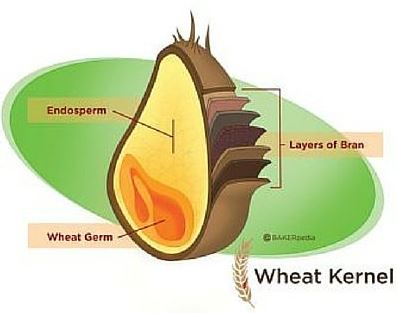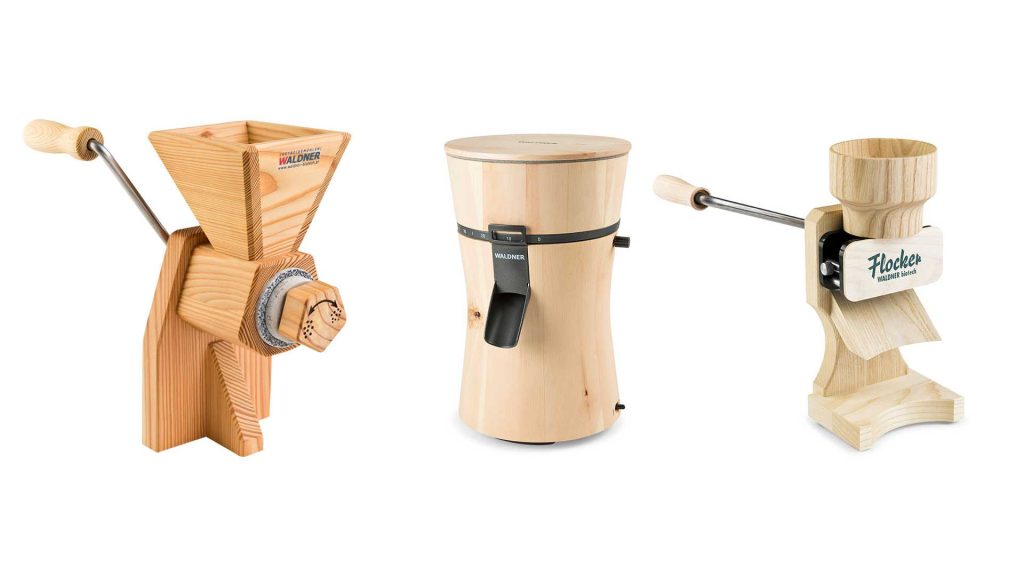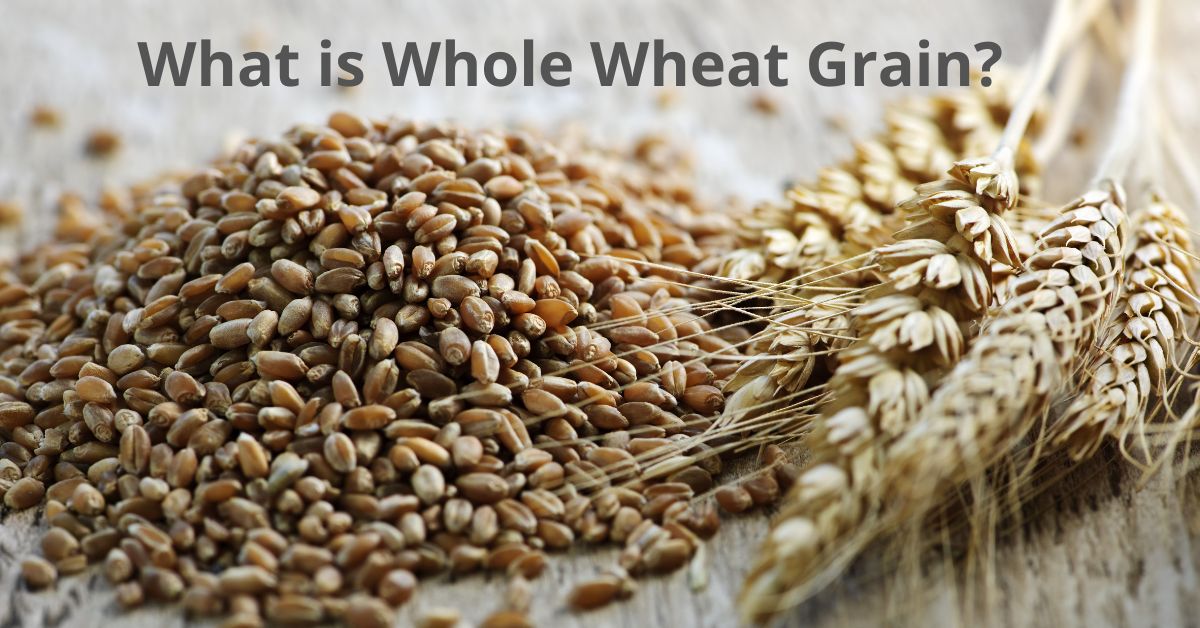I’ve been making my own sourdough bread for a long time and have been milling my own flour for years. I can tell you there’s nothing quite like the taste and nutritional benefits of freshly ground whole wheat. When I first started exploring home milling, I was amazed to discover how much I didn’t know about whole grains. Let me share what I’ve learned on my journey from grain novice to enthusiastic home miller.
What are Examples of Whole Wheat Grains?
Before I dive into specific types, let me explain what makes a grain “whole.” In my experience, whole grains are exactly what they sound like—the entire grain kernel, keeping all three of its essential parts intact:
1. The fibre-rich bran
2. The nutritious germ
3. The starchy endosperm
Now, let’s explore some common whole wheat grains I work with:
- Hard Red Wheat: This is my go-to for bread-making. It’s high in protein and gives a robust, slightly nutty flavour to your baked goods. When I mill this in my grain mill for home use, it produces a beautiful reddish-brown flour perfect for artisan breads.
- Soft White Wheat: I love using this for pastries and cakes. It’s lower in protein than hard wheat, resulting in more delicate baked goods. When I grind it in my Mockmill 100, the flour becomes incredibly fine, making it ideal for delicate pastries.
- Spelt: I find it fascinating to work with this ancient grain. It has a sweet, nutty flavour and is actually a subspecies of wheat. My Mockmill handles it beautifully, producing a light, fragrant flour.
- Kamut (Khorasan Wheat): As a parent, I love that this ancient grain is both nutritious and kid-friendly. Its rich, buttery flavor and high protein content make it a staple in our kitchen. My boys devour white Kamut sourdough without realizing they’re getting a powerhouse of minerals and vitamins. It’s a win-win – they get bread they love, and I know they’re eating something truly nourishing.
Understanding Whole Wheat Grain Better
As I’ve deepened my knowledge of whole grains, I’ve come to appreciate their complexity and value. Let me share some fascinating aspects of whole wheat grain:

Nutritional Powerhouse
The beauty of whole wheat grain lies in its complete package of nutrients. Each part contributes something unique:
1. The bran (outer layer) provides fibre, B vitamins, and antioxidants
2. The germ contains healthy fats, vitamin E, and essential minerals
3. The endosperm provides protein and carbohydrates for energy
Whole Wheat vs. Refined Wheat
I often explain to my baking students the crucial difference between whole and refined wheat. When grain is refined:
– Up to 40% of the original grain is removed
– Most of the fibre, vitamins, and minerals are lost
– The resulting flour has a longer shelf life but less nutritional value
Types of Whole Wheat
Through my baking journey, I’ve discovered that not all whole wheat is the same:
1. Heritage Varieties
– Older strains with unique flavours
– Often easier to digest for some people
2. Modern Wheat Varieties
– Developed for consistency and higher yields
– Generally higher in gluten
Storage and Shelf Life
One question I often get is about storage. Whole wheat grain has natural advantages:
– Properly stored, it can last years
– It maintains its nutritional value much longer than flour
A Note on Storage
I’ve found that whole grains store much longer than flour. In my pantry, I keep grains in airtight containers and only what I’ll use within 6 months. I also store a variety of grains for different purposes.
The Joy of Home Milling
When I first considered milling my own grain, I was intimidated. But let me tell you about my experience with different mills:
The Mockmill 100 was my first serious mill, and I still use it regularly. What I love about it: – It’s incredibly user-friendly – Produces consistent, fine flour – Perfect for smaller batches – Relatively quiet compared to other mills
As my baking adventures expanded, I upgraded to the Mockmill 200. Here’s why I appreciate it: – Higher capacity for larger batches – Even finer flour setting – More powerful motor – Still maintains the great consistency I loved in the 100.
I haven’t personally used the Waldner grain mills, but they’re well-known in the home milling community. From what I’ve learned through research and conversations with other home millers:
– They’re renowned for their beautiful craftsmanship.
– Many users report they produce incredibly fine flour.
– They have a reputation for durability and longevity.
– Home bakers often praise their ability to handle even the hardest grains with ease.

The Benefits of Milling Your Own Grain
Since I started milling my own wheat, I’ve noticed significant differences in my baking. The aroma of freshly milled flour is truly incomparable – it fills the kitchen with a sweet, earthy scent that store-bought flour just can’t match. There’s also the nutritional aspect to consider; whole grains begin losing nutrients as soon as they’re milled, so having the ability to grind just what I need ensures I’m getting the most nutritional benefit from my grains. The flavor difference in my baked goods has been remarkable too. Everything tastes more vibrant and complex, with a depth that’s hard to achieve using pre-milled flour. Plus, I love having complete control over the milling process – I can adjust the fineness of the flour for different recipes, creating the perfect texture for everything from rustic breads to delicate pastries.
Whether you’re a serious baker or just curious about whole grains, I encourage you to explore home milling. Start with a reliable mill like the Mockmill 100, experiment with different grains, and discover the incredible world of fresh, whole grain flour.




